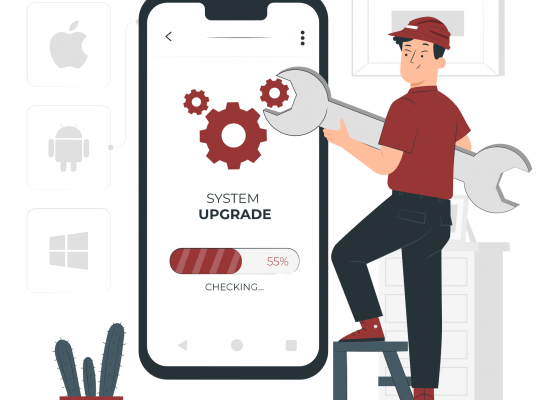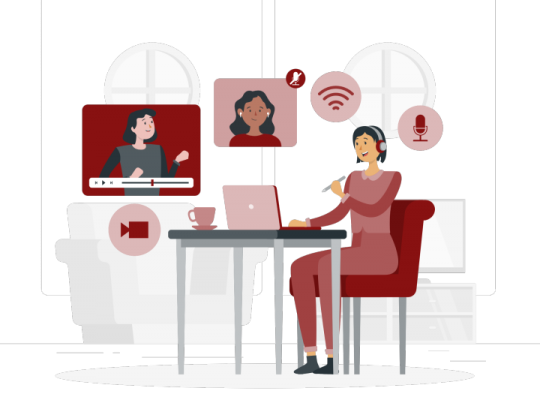With the rapid development of Artificial Intelligence technology in recent years, it is not difficult to imagine how it could transform the way we teach and learn.
One of the most promising applications of AI in education is personalized learning. Traditional classroom teaching typically follows a one-size-fits-all approach, where all students are taught the same material at the same pace. However, with AI, it is possible to create individualized learning plans for each student based on their strengths, weaknesses, and learning style. By analyzing data on student performance, AI algorithms can identify areas where a student needs more practice or explanation and deliver customized content to address those needs. This not only helps students learn more effectively, but also frees up teachers’ time to focus on other important aspects of teaching.
Another potential application of AI in education is intelligent tutoring systems. These systems use machine learning algorithms to provide students with real-time feedback and guidance as they work through problems. Unlike human tutors, intelligent tutoring systems can analyze vast amounts of data on student performance and adjust their approach to suit each student’s needs. By providing personalized feedback and guidance, intelligent tutoring systems can help students improve their problem-solving skills and gain a deeper understanding of the material.
AI can also play a role in assessment and grading. With the help of natural language processing algorithms, AI can grade essays and other written assignments with a high degree of accuracy. This not only saves time for teachers but also provides more objective and consistent grading, which can be particularly useful in large classes where grading can be a daunting task.
Beyond these specific applications, AI has the potential to transform education more broadly by enabling new forms of learning and teaching. For example, virtual reality and augmented reality technologies could create immersive learning experiences that simulate real-world environments, allowing students to practice skills in a safe and controlled environment. AI-powered chatbots could provide students with instant feedback and guidance, answering questions and providing resources as needed. And AI-powered language translation tools could enable students to learn in their native language, regardless of the language of instruction.
Of course, there are also potential risks and challenges associated with the use of AI in education. One concern is the potential for bias in AI algorithms, which could result in unfair treatment or inaccurate assessment of certain groups of students. Another concern is the possible replacement of human teachers with machines, which could have negative implications for the quality of education and the employment prospects of teachers.
To ensure that AI is used in a responsible and beneficial way in education, it will be important for educators, researchers, and policymakers to work together to develop appropriate guidelines and regulations. This will involve careful consideration of ethical and social implications, as well as ongoing monitoring and evaluation of the effectiveness and impact of AI in education.
In conclusion, the potential for AI to transform education is vast and exciting. From personalized learning and intelligent tutoring systems to virtual reality and augmented reality technologies, AI has the potential to enable new forms of learning and teaching that were previously unimaginable. However, it is important to approach the use of AI in education with caution and careful consideration of the potential risks and challenges. By working together, we can ensure that AI is used in a responsible and beneficial way to improve the quality of education for all students.





